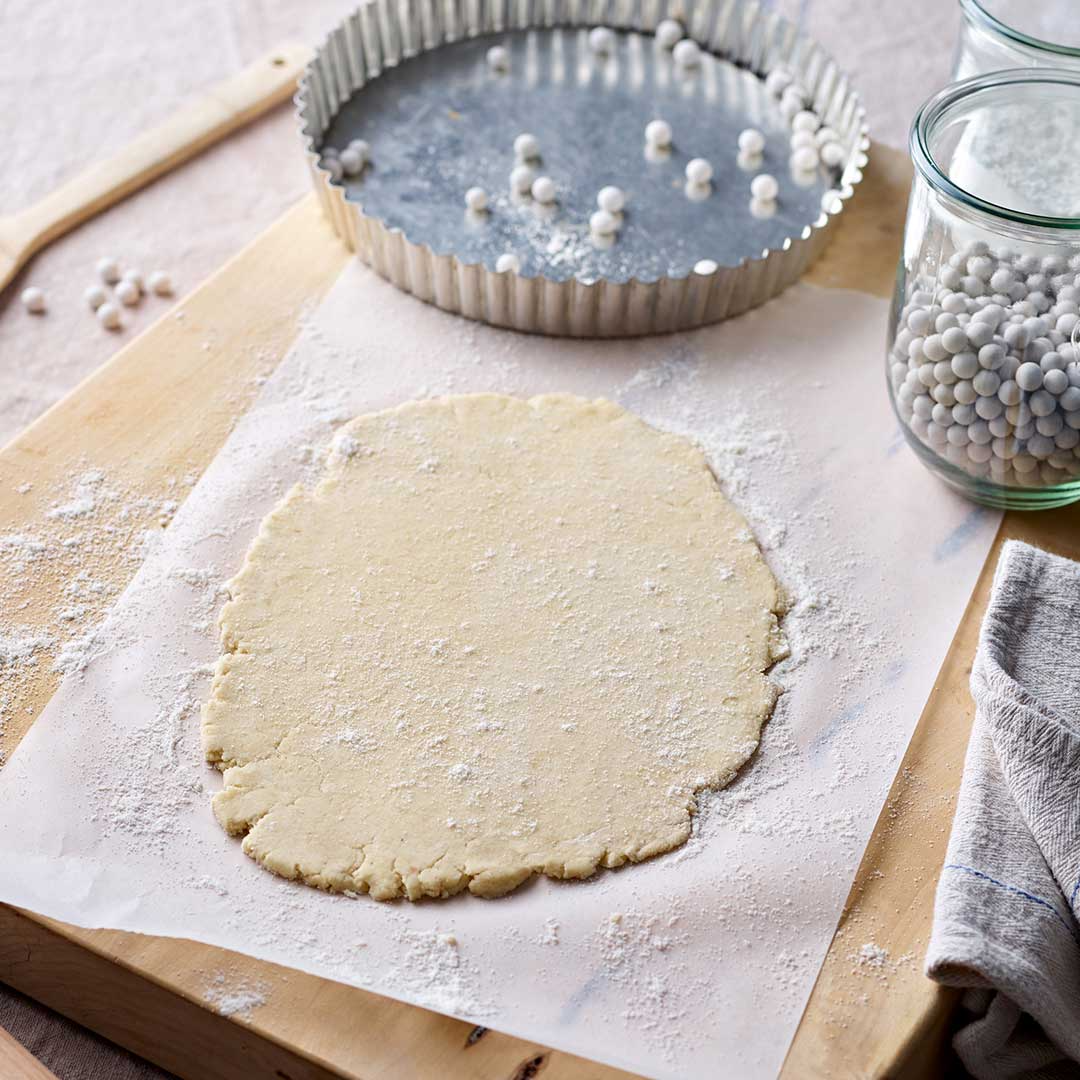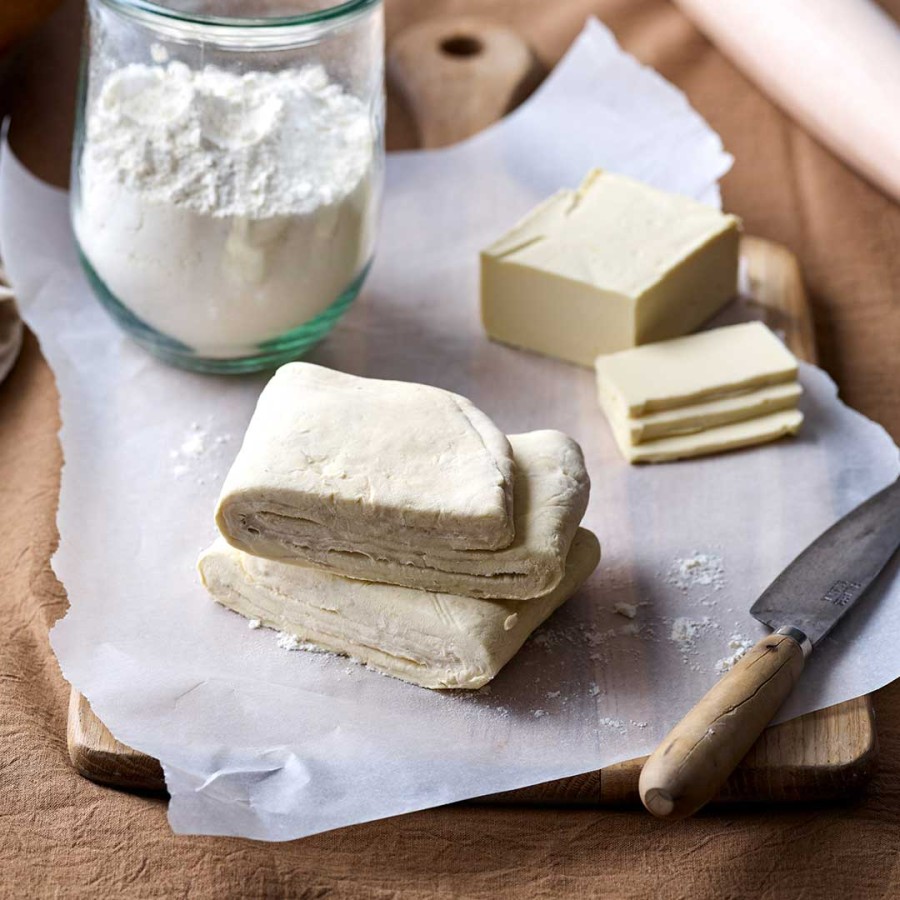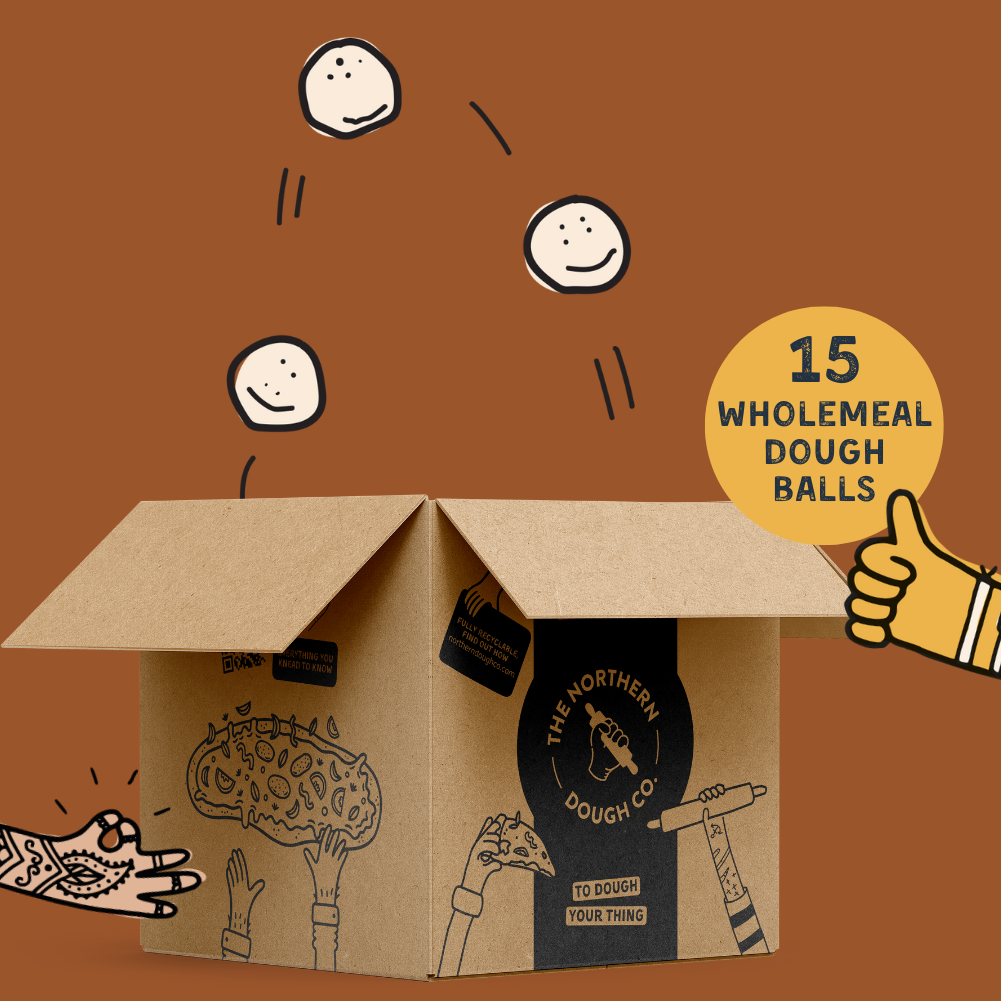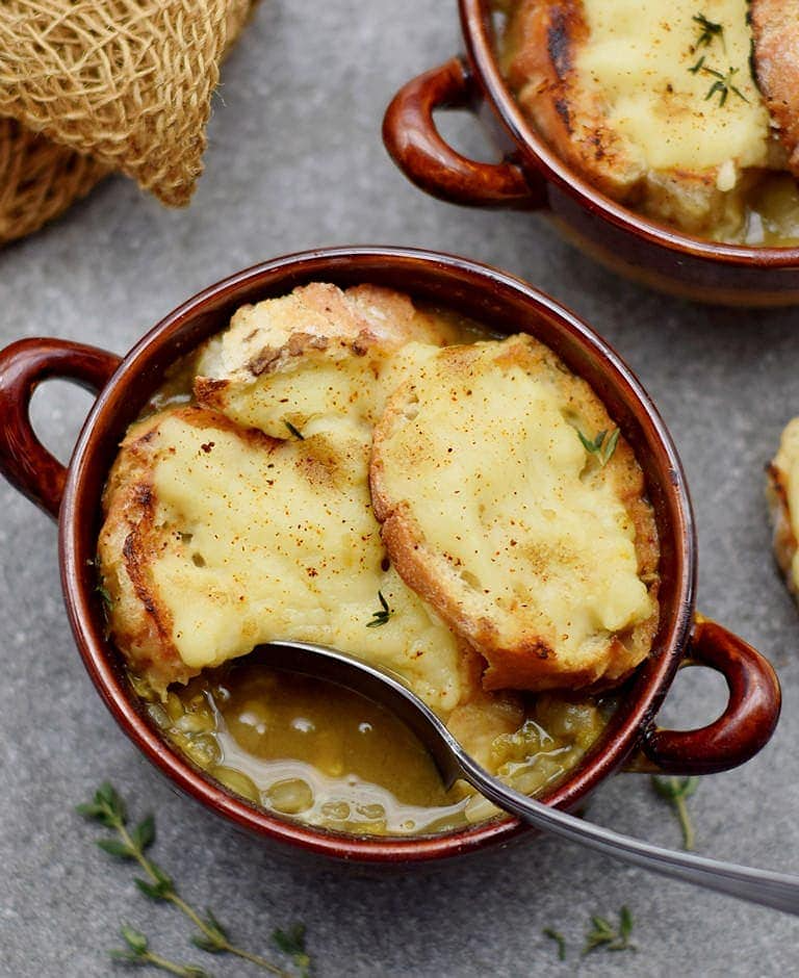Vegan Pastry Recipes (with no palm oil)

If you like baking your own cakes or cookies, ready-made pastry contains animal ingredients and nearly always palm oil (unsustainable use is harming habitats of orangutans and other endangered creatures). And is packed in plastic.
This homemade vegan pastry (Doves Farm) makes enough for one large pie (top and base) or 24 small tarts. Wrap and freeze leftovers in eco clingfilm alternative.
Keep fresh dough away from young children and pets, as it can expand in the stomach. Many other ingredients (salt, garlic, onion) are unsafe near animal friends. Read more on food safety for people and pets.
For flavoured pastry, bin allium scraps (onion, garlic, shallot, leeks, chives) as like tomato/citrus/rhubarb scraps, acids could harm compost creatures.
Use a vegan butter with no palm oil (Flora is a good brand). Baking blocks are better than margarine, as you can cube them chilled, for a better crumb. Use with Doves Farm or another artisan flour, natural sea salt and a little water.
Don’t knead pastry dough, this builds too much gluten, and creates tough pastry.

For gluten-free diets, coconut flour pastry recipe (Doves Farm) is made with ground almonds (more flaky, so press dough into a quiche dish).
Find coconut flour in health shops, and use organic European almonds for better ethics (some almonds use farming practices that harm bees). Most gluten-free baking recipes use xanthan gum.
How to Freeze and Thaw Homemade Vegan Pastry
Shape the dough into a flat disk and wrap securely in eco clingfilm alternative, label with the date, and freeze for up to 3 months.
When ready to use, thaw overnight in the fridge, and let the dough sit at room temperature (covered with a plate to stop it drying out) for 15 to 20 minutes. It should then be soft enough to roll out.
Homemade Vegan Puff Pastry Recipe

Puff pastry is good for making savoury dishes like:

Northern Dough Co does make palm-oil-free pizza doughs and ready-made dough balls, if you want to cheat! Recycle packaging at supermarket bag bins, if your kerbside does not recycle.






